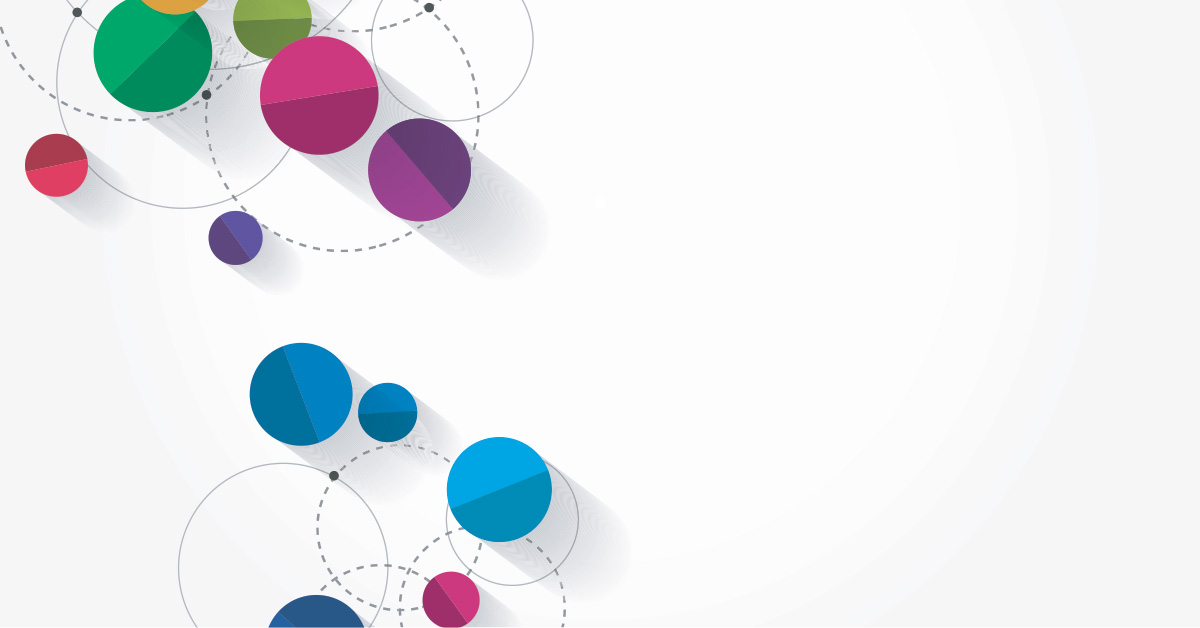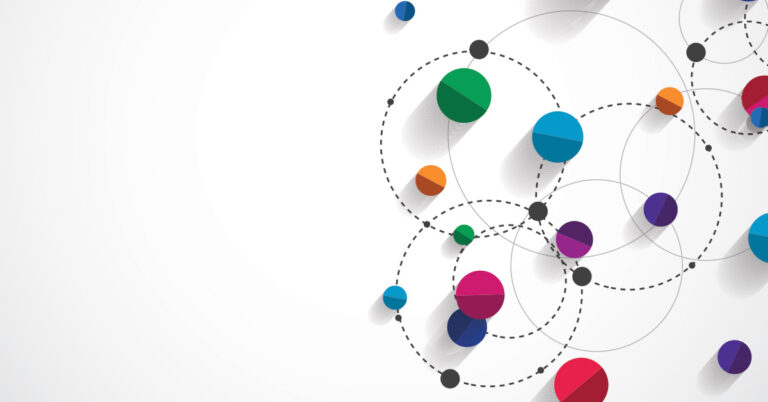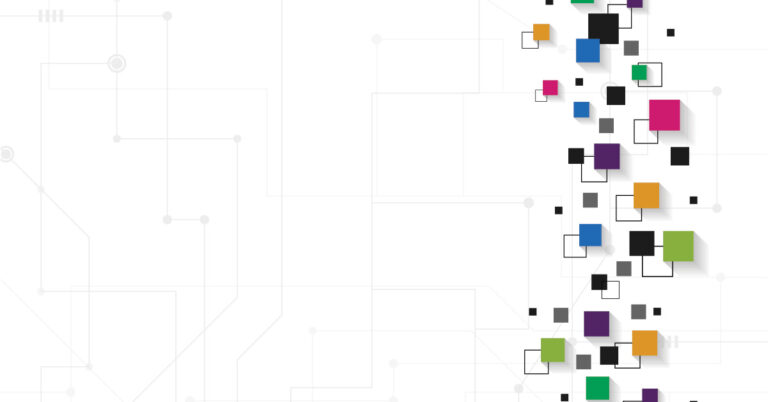Eight is Enough
As with any growing team, the Claudes and I had some adjustments to make. Some of what we’d set up for Claudes A and B was easy to extend. For example, each Claude had designated ports so he could run tests without conflicting with another session, so we added more ports for our new team members.
I’ve been asked why I don’t use git worktrees. On my project, all eight Claudes are working on the same branch. I’m doing this intentionally—our project is moving super fast, and I didn’t want to have to deal with branches and merges, and the inevitable merge conflicts we’d have when a session forgot something. Instead, every session works on the develop branch simultaneously.
Having everything done in the same branch means sessions sometimes bump into each other, but the Claudes are surprisingly good at staying on top of everything. This has led to some interesting situations. For example, on multiple occasions I’ve had one session split up a big chunk of work which I’ve assigned to other sessions, let’s say sessions B, C, and D. Session B might say “I see session C used a different approach than I did, and it’s more correct—I’ll update my files to use that same approach.” Or perhaps “I see session D did X, that’s actually not the right solution, and here’s why.” It’s been fascinating to watch.
I am an excellent multitasker, but even I lose track of what’s happening with this many Claudes to manage. It works extremely well when we have a big task that’s split across most of the sessions. In that scenario, I just monitor the sessions to see when they’re all done, or if anyone has a question for me. But when there’s work in progress on four different features, sometimes each involving more than one session, that can be hard for me to stay on top of, even if it doesn’t seem to faze the Claudes.
Initially I used two desktops, each with four terminal windows open. Each terminal uses a different color: Claude A’s is pink, B’s is green, etc. The colors and the placement of the windows (A is always on the left, then B, and so on) helps me remember who’s who. At one point I tried using a notes app and putting a note above each window to help me stay on top of everything. That lasted for maybe a day, then I stopped because the notes got out of date so quickly I’d get confused. I went back to looking at the session notes if I forgot what a Claude was doing. This worked okay, but in spite of the very clear instructions, sooner or later the Claudes get verbose and our notes get too hard to read. We eventually switched our approach to something that worked better with a larger team—I’ll share more in a future post.







